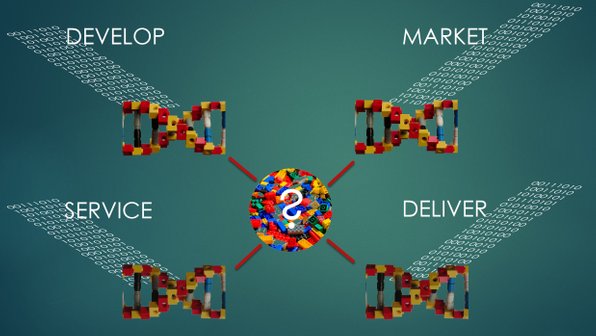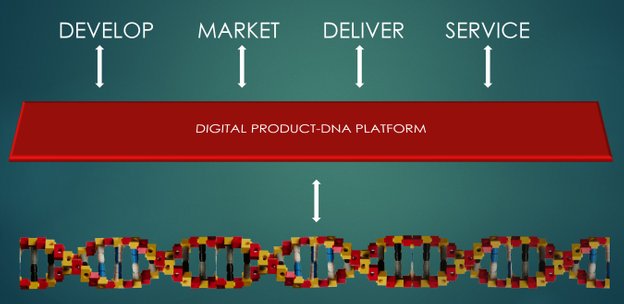Articles
Read about Product Modeling, Configuration, Digital Product DNA, AI and Digital Product Business Strategies
Neglected Models
31/1/2017\\ Product Modeling
RECENT
The Modeling Enterprise
We have discussed how configuration helps you work with a product promise as opposed to standard products (see www.hoegeye.com/services) and how the cost of this approach is governed by the following simple equation:
Cost (promise) = Risk (error) x Effort (mitigate)
Dec-1-2016 \\ Product Modeling
Three Levels of Product Modeling
Product Modeling has been more or less at a standstill for the last 25 years. The overview below describes the three types of product modeling at play or coming into play today.
Nov-1-2016\\ Product Modeling
CPQ Outlook 2017
Frank Sohn of Novus CPQ gives his annual forecast estimate for CPQ solutions in 2017
Jan-4-2017 \\ Industry
POPULAR
Insurance Clauses Are The Digital DNA of Insurance Policies
Navigating thousands of clauses pertinent to any given incident is a classical configuration challenge. The Japanese insurance company Fukoku Mutual Life Insurance plans to use Artificial Intelligence.
Jan-27-2017 \\ Industry
Where Are Digital Genes?
20/1/2017 \\ Digital Product DNA
Today, we use a type of Artificial Intelligence called “Weak AI” to help us (humans) when we are faced with too many interrelated facts for any single human to handle.
It’s called “weak AI”, because it does not deduce or learn new facts by itself – but only handles all the facts (or knowledge) which is being fed to the AI.
This weak AI acts as the “Solver” that helps us answer questions so we can configure products correctly. This means that our activities with complex configurable products fall in three distinct categories:
Learn about requirements and principles behind an open digital product platform
Learn configuration, combintatorial explosion, weak and strong AI
- Product Modeling – where experts define facts and knowledge about products
- Solving – where AI uses these facts to explain possibilities and ensure correctness
- Configuration – where users interact with the AI to obtain a configuration
The Solver Is Your Engine
Solving - The AI part - belongs to a well-studied and challenging class of problems in computer science and it has triggered a lot of academic research which means that we have a host of both commercial and academic solvers available today. Investing in solver technology is very much like investing in good and powerful engines for your car.
The Configurator Is Your Ride
Configuration is the end user experience. Configurators are just programs (applications) that can talk to the AI and interact with the user. Investing in configurators is like investing in all the accessories that makes your driving experience safe and pleasant.
Product Modeling Is Your Driver
The difficult part of this equation is the Product Modeling. This is where you define your product – or to stay in the car analogy – product modeling determines where your car goes. However, an analysis of currently active patents in the field of configuration technology shows that vendors strongly favor Solvers and Configurators over Product Modeling. Less than 20% of their patenting-efforts target Product Modeling.
Most products today really have digital genes – data that just like genes define how to build, manufacture, sell, use and maybe even update real life “children” of your digital parents of these products.
This digital product DNA captures essential product knowledge and IP so it is arguably the most valuable asset to a company. The efforts that go into defining and updating the digital product DNA are called "product modeling".
Today product modeling is a fragmented activity that takes place in multiple different systems. The languages used and skills required for product modeling are determined by whichever ERP, PLM, CRM and legacy applications that are in place. This means that product modeling is a significant bottleneck in many business processes, a source of errors and most often handled by proxies to the real subject matter experts.
This is in part due to the fact the Industrial companies do not see themselves as software companies.
“If you went to bed last night as an industrial company, you are going to wake up this morning as a software and analytics company”,
Jeff Immelt, CEO of GE
Product Modeling is a software development activity. This does not mean that you have to be a programmer in order to do product modeling but rather that companies need to establish digital development skills, platforms and processes for their products to open for much easier, faster, collaborative and safer use of the digital product-DNA.
Industrial companies will need to think and act as software companies. This means abandoning the legacy product modeling approach in favor of an open architecture for enterprise-wide product modeling using best practices from software development platforms.


